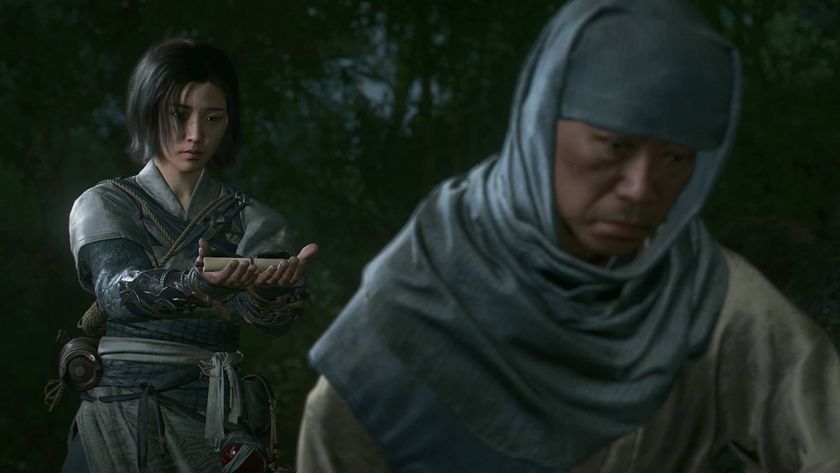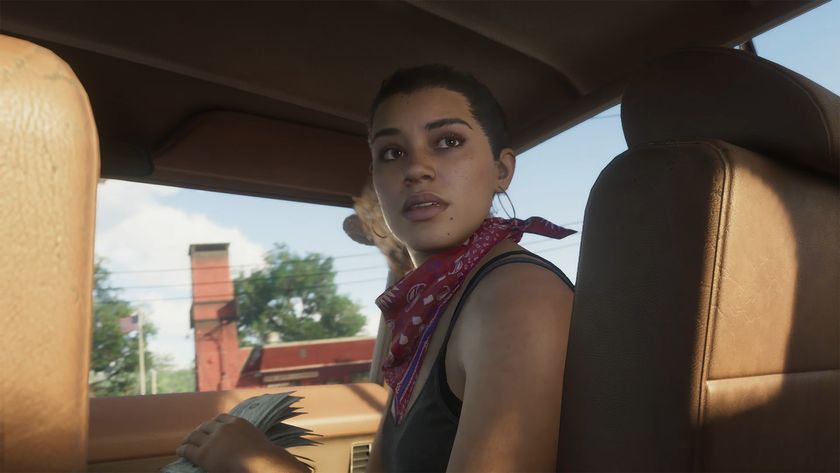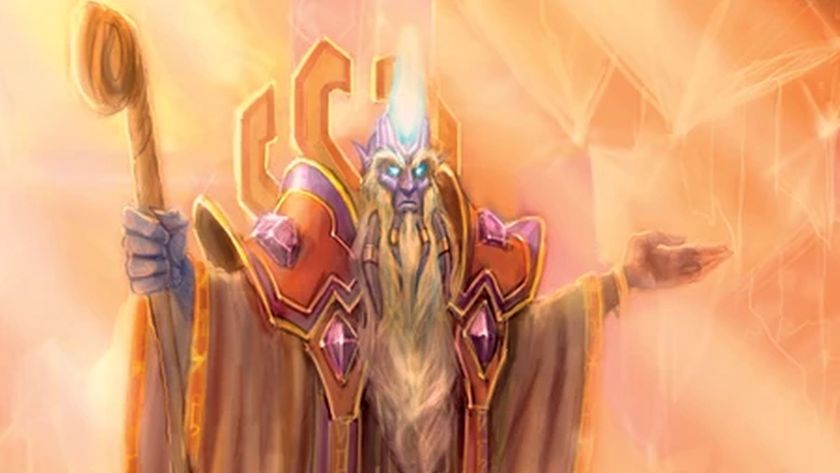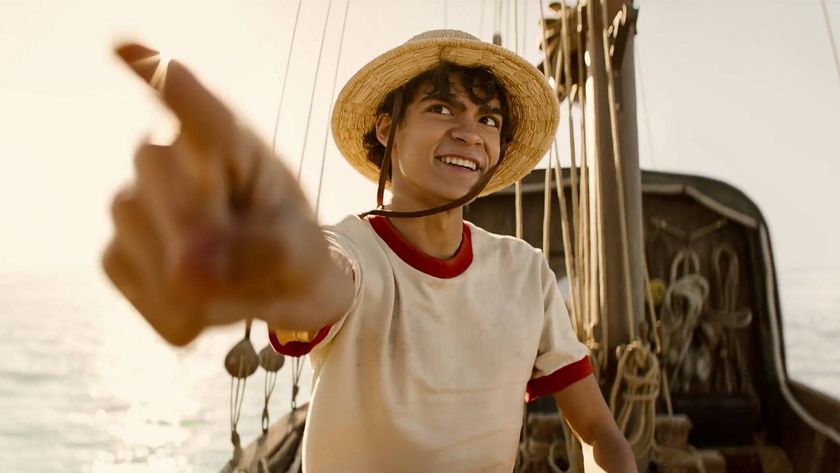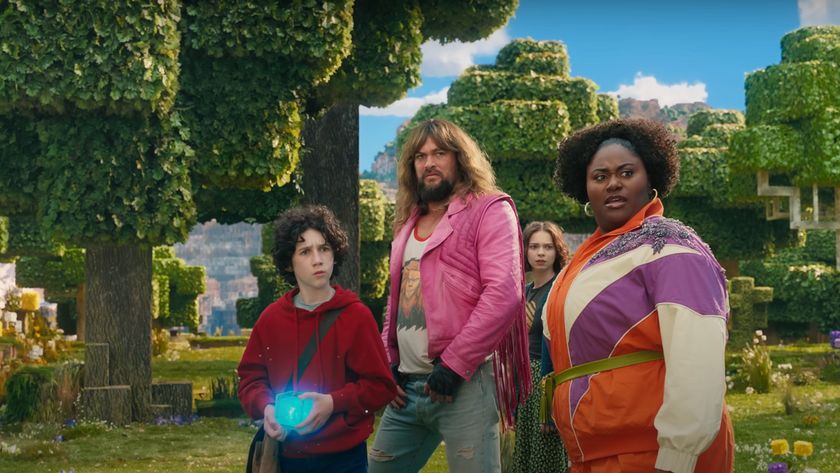The Super Mario Bros Movie Easter eggs: 85 Mario and Nintendo references you may have missed
From Nintendo deep cuts to Mario's rogues' gallery, here's the full list of Super Mario Bros. Movie Easter eggs
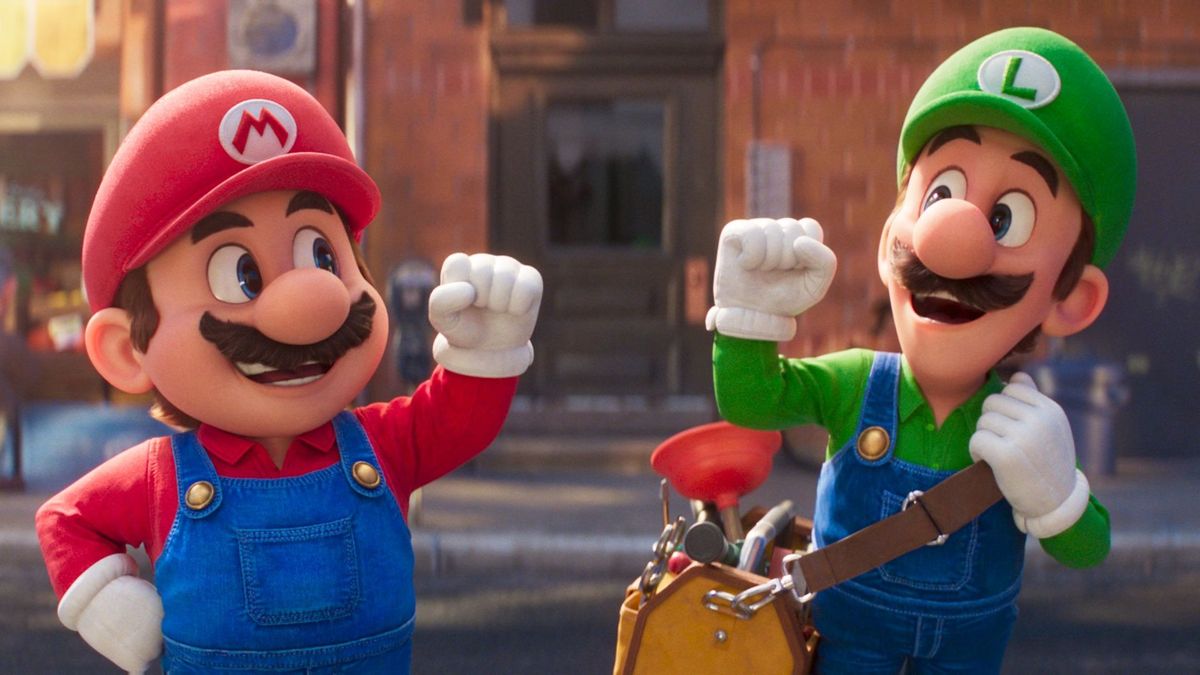
There are a lot of Super Mario Bros. Movie Easter eggs. How many? Well, we counted 85 references to Mario and Nintendo’s storied history – one for almost every minute of runtime.
The Super Mario Bros. Movie, then, is a true love letter to Mario and one that demands rewatch after rewatch thanks to how almost every frame is packed with nods, winks, and hard-to-spot details from the portly plumber’s video game exploits.
Ready? Join us as we head down that Warp Pipe and into a world filled with Super Mario Bros. Movie Easter eggs. We’ll take things in (rough) chronological order as they appear in the movie and, be warned, spoilers follow. Let’s-a go!
The Super Mario Bros. Movie Easter eggs: the full list
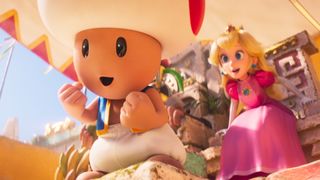
Bowser’s Lair, Kamek, and the movie’s opening
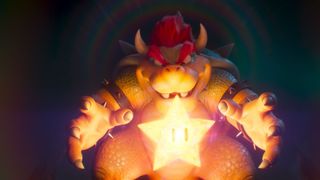
Let’s start out with the first Easter egg: Bowser’s moving lair (not to be confused with Bowser’s Castle, which also appears in the movie) is an amalgamation of various lava-based hideouts over the years for the king of the Koopas. It looks most like Bowser’s Lava Lair from Super Mario Galaxy 2.
Among Bowser’s minions in the opening scene are Blue Shell Koopas (which make use of their infamous blue shell attack from Mario Kart later in the movie), Kamek, a villain first introduced in Yoshi’s Island, and series staple enemies Bullet Bills.
Bowser confronts a group of penguins, whose designs are taken from Cool, Cool Mountain in Mario 64. Lastly from the opening, a ? Block (from Super Mario Bros’ very first screen back in 1985) and Super Star appear. The latter is a power-up from the Mario games that provides its user with invincibility.
Mario’s rap, Punch-Out, and a Nintendo GameCube ringtone
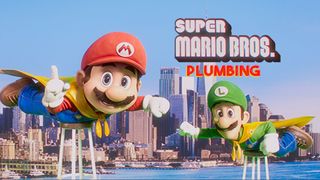
Next, we move over to Mario and Luigi’s introduction in the movie. The cheesy ad for their plumbing company includes a rap that is directly taken from the equally-camp Super Mario Bros Super Show from 1989. How’s that for a deep cut? The end of the ad also sees Mario and Luigi ‘flying’ in yellow capes. They’re items first introduced as power-ups at the beginning of Super Mario World via the Cape Feather.
Sign up for the Total Film Newsletter
Bringing all the latest movie news, features, and reviews to your inbox
It's then revealed that Mario and Luigi are watching the ad in Punch-Out Pizzeria, which is a reference to Nintendo’s Punch-Out series. Exploits of its protagonist, Little Mac, can be seen dotted on the walls in newspaper clippings.
Brilliantly, the first person Mario talks to about the dodgy Italian accent he puts on in the commercial is a person who sounds exactly like game Mario. Because it is: it’s voice actor Charles Martinet, who first started voicing Mario in 1991. You’ll also notice he’s playing on a Donkey Kong arcade cabinet, which featured the first appearance of Mario way back in 1981.
The next person the Super Mario Bros. speak to is their old boss Spike. He’s not just comic relief: he was a foreman in 1985’s Wrecking Crew, an obscure Famicom title featuring Mario and Luigi.
Listen out closely in that same scene and you’ll notice Mario’s ringtone is the startup sound of the Nintendo GameCube. As the brothers depart, you can see a Sunshine Travel Agency next door to Punch-Out. It’s in the same font from 2002’s Super Mario Sunshine. Later, there’s a Brooklyn restaurant called Chasse au Canard, which translates to Duck Hunt, the title of the 1985 NES light gun classic.
On their way home, Mario and Luigi pass some familiar-looking Warp Pipes (the duo’s preferred mode of travel in the games), and their jaunt through the construction site is likely a nod to 1983’s Game & Watch, which marked the debut of Luigi.
Mario’s home is filled with Nintendo Easter eggs
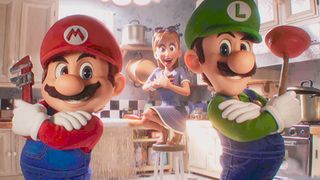
Mario’s house is a Nintendo treasure trove. He’s playing Kid Icarus when he goes to his room to mope. Of course, that requires an NES console to play. Mario also goes old-school in other ways, as you can see the iconic Arwing ship from Star Fox teetering on his television set.
Check out Mario’s walls, too: they’re filled with hidden Nintendo gems. There’s even recreations of the Golf and Tennis NES box art.
Not long after, Mario and Luigi go to fix a giant leak in the middle of Brooklyn. That requires them to go down to the sewers where some familiar music from Super Mario Bros’ World 1-2 starts playing. That also marks the first time a Mario game goes underground, which is a nice touch. Brilliantly, a sign behind Luigi also points out they’re on Level 1-2 of Brooklyn’s sewer system.
Mario and Luigi’s Warp Pipe trip introduces classic enemies
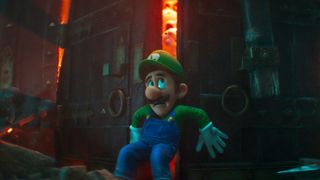
Mario and Luigi are then sucked into a Warp Pipe (complete with the familiar Warp Pipe sound that has been a mainstay of the series) and thrown into new locations. Mario is in the Mushroom Kingdom – the setting of the vast majority of the mainline Mario series – while Luigi is in the Dark Lands from Super Mario Bros. 3.
Mario encounters the Biddybuds from Super Mario 3D Land and the Bramball from New Super Mario Bros. Wii. Luigi, meanwhile, picks up a torch in a nod to his role in Luigi’s Mansion and is spooked by the bat-like Swoops (Super Mario World), Shy Guys (Super Mario Bros. 2/Doki Doki Panic), and Dry Bones (Super Mario Bros. 3). That section also introduces Bowser’s Castle, a location that has been present in most games that features Bowser as a villain – and even a racetrack. In fact, it’s all stylized to look like the lava-heavy World 8 themes from various Mario 2D platformers, including Super Mario World.
The Mushroom Kingdom is filled with Mario callbacks
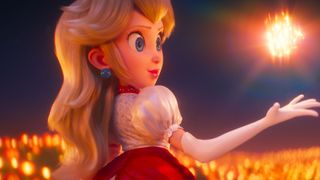
Take your pick of Easter eggs from Mario’s jaunt around the Mushroom Kingdom. There’s Coins, the currency used to give extra lives first introduced in Mario Bros. in 1983. Toads can be seen hitting them in what appears to be a banking system.
Speaking of Toad, there’s a poster for a Toad band on the wall in one scene, with Toadette as the drummer. She’s a female take on Toad first brought into the series in Mario Kart: Double Dash.
Then there’s a familiar Mario sight: the Fire Flower logo, a power-up first seen in Super Mario Bros. which can allow players to throw fireballs. A whole field of them is seen later.
Mario and Toad then venture up to Princess Peach’s Castle, which looks like it’s been ripped straight out of Super Mario 64 – complete with a stained glass Peach mural. The guards at the gate mess Mario around, joking that "Our princess is in another castle," a line famously said by Toad at the end of every World (and, jokingly, after the final boss) in Super Mario Bros.
After Mario finally gains entry to the castle, several landscapes are seen as paintings on the walls. That’s surely a sneaky shout-out to the level system in Super Mario 64, which required players to jump into paintings to enter levels.
After Peach agrees to train Mario up for his big bout with Bowser, we see a steady stream of notable Mario trademarks. Chief among them is the flagpole on the obstacle course, which marks the end of every traditional 2D Mario level and in Super Mario 3D World. There are also famous Mario foes Piranha Plants and fish-like Cheep-cheeps. Throw in Mario’s iconic jump sound and the Super Mushroom power-up which causes Mario to grow (and in this film, get stronger), and you’ve almost got a full house of Mario mainstays. There’s even a Bowser cutout drawn in the style of the player icons in the Wii U’s Super Mario 3D World. Phew.
Bowser’s concert features some familiar foes and faces
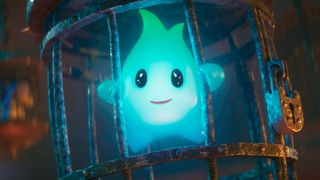
Bowser is part of a few musical interludes in The Super Mario Bros. Movie – fitting given that he’s voiced by Jack Black. His rock concert has a handful of Mario enemies and fodder that have been jumped on in anger over the years: Bob-ombs, Goombas, and Spinys. You might also recognize the band playing at the concert. They consist of some of the Koopalings, recurring antagonists first introduced in Super Mario Bros. 3 and named after various musicians in the English localization, including Iggy (Iggy Pop), Lemmy (Motorhead’s Lemmy), and Ludwig von Koopa (Ludwig von Beethoven).
Not long after, we get a flashback to Baby Mario and Baby Luigi, the cutesy child versions of the Nintendo mascots. They first appeared in Yoshi’s Island and players have to use the green dino to protect the infants. Mario then sets off on his journey, passing the Sand Kingdom from 2017’s Super Mario Odyssey and a herd of Yoshi, though it’s unclear if their colorful cluster is a nod to the intro video of GameCube brawler Super Smash Bros. Melee.
Luigi, though, is faring less well at this point in the movie. He’s caged up next to the penguins in Bowser’s Castle and, curiously enough, a Luma from Super Mario Galaxy – who serves as one of the movie’s funniest (and existential) characters.
The Super Mario Bros. Movie goes bananas for Donkey Kong
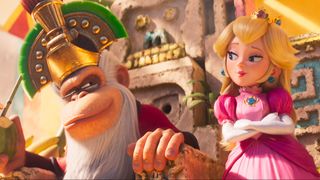
Peach and Mario go to recruit the Kong Army, led by Cranky Kong (Fred Armisen), an elderly monkey first introduced in Donkey Kong Country. Mario lore fans will know this is also the Donkey Kong that Mario/Jumpman faced in the original arcade game.
This entire section introduces a bunch of Donkey Kong and Mario Kart Easter eggs for long-time fans. There’s the banana peel one of the Kongs throws back at a Koopa. The banana item has been a staple of the Mario Kart series. A more recent introduction was that of the glider for Mario Kart 7, which a fair-haired Kong uses to float Mario and Peach towards Cranky Kong.
The Jungle Kingdom location – with its waterfalls, rickety rope bridges, and huts – appears to be a nod towards the Mario Kart 7 track DK Jungle.
Speaking of DK, Donkey Kong is introduced in the movie backed by the DK Rap, the so-bad-it’s-good song that plays at the beginning of Donkey Kong 64.
The entire Mario vs. Donkey Kong fight is teeming with Easter eggs and appearances. There’s Diddy Kong, Donkey Kong’s partner from Donkey Kong Country, a monkey with ‘64’ on his shirt, perhaps a reference to Donkey Kong 64, and Donkey Kong pulling out some trademark attacks: throwing barrels (Donkey Kong) and rolling (Donkey Kong Country). His punch is also pretty close to his Up attack in Super Smash Bros.
Mario almost falls in battle, woozily saying his catchphrase "It’s a-me" when punched by the ferocious ape. He also inadvertently takes a Mini Mushroom, but turns the tide of battle with the Cat Mario suit – first introduced in Super Mario 3D World. Finally, when Cranky calls Mario and DK into a hut, Donkey Kong’s Super Mario Kart art can be seen in the background.
Mario hits Rainbow Road
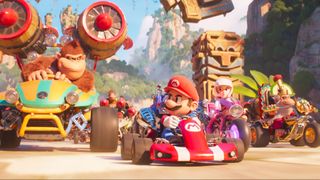
Yes, Rainbow Road (a perennial Mario Kart track from the series’ origins) has a presence in The Super Mario Bros. Movie. Along the way, you can see Mario Kart 8’s anti-grav/hover wheels and Peach’s Bike from various Mario Kart games. The Mario Kart 8 kart selection music also plays when Mario, Peach, and Toad select their rides. Don’t forget to tick off DK’s Rocket Barrel strapped to the back of his vehicle. That’s used throughout the Donkey Kong Country series. We still have nightmares from the Tropical Freeze levels.
After Mario and DK take a tumble off the Rainbow Road, they are swallowed whole by a Maw-Ray, an eel-like creature that debuted in Super Mario 64. Keep an eye out for various Bloopers, too. The squid enemies debuted in Super Mario Bros. and have put together over a dozen appearances across the past few decades.
Bowser’s wedding
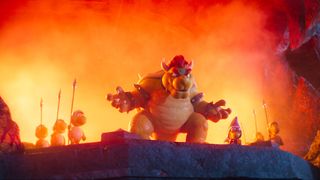
It’s at this point in the movie that we discover Bowser plans to marry Peach. That, of course, is a long-running tradition in the Mario series. He’s pulled out all the stops too, being kitted out in his Super Mario Odyssey wedding outfit.
Among the guests are King Boo (Luigi’s Mansion), King Bob-Omb (the first boss in Super Mario 64), and Petey Piranha (Super Mario Sunshine).
At the altar, Peach uses an Ice Flower to turn the tide and rescue the prisoners. Mario swoops in and saves his brother from a fiery fate thanks to Super Mario Bros. 3’s Tanooki Suit. Oh, and one of Bowser’s underlings is using a Koopa Clown Car which Bowser used to torment Mario throughout Super Mario World.
Back to Brooklyn – and the final Easter eggs
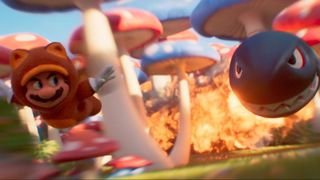
As the action jumps to Brooklyn, Mario is seen perched behind a ‘Jumpman’ sign. Jumpman was the original moniker for Mario in 1981’s Donkey Kong arcade game.
Mario and Luigi eventually reunite and hit the Super Star, which causes a remix of the Invincibility theme from Super Mario Bros. to start playing. During the ensuing battle, a Hammer Bro attacks Mario and they race past a storefront called Disk-Kun. Full credit if you know that reference – it’s the name of Nintendo’s Famicom mascot in Japan. To top it all off, we’re treated to the epic Gusty Garden Galaxy theme from Super Mario Galaxy playing over the credits. Wahoo!
The Super Mario Bros. Movie is now showing in cinemas. For more from what comes after the film, here's our explainer on The Super Mario Bros. Movie post-credits. Then, we have a look at all the upcoming video game movies coming your way very soon.
I'm the Senior Entertainment Writer here at 12DOVE, focusing on news, features, and interviews with some of the biggest names in film and TV. On-site, you'll find me marveling at Marvel and providing analysis and room temperature takes on the newest films, Star Wars and, of course, anime. Outside of GR, I love getting lost in a good 100-hour JRPG, Warzone, and kicking back on the (virtual) field with Football Manager. My work has also been featured in OPM, FourFourTwo, and Game Revolution.
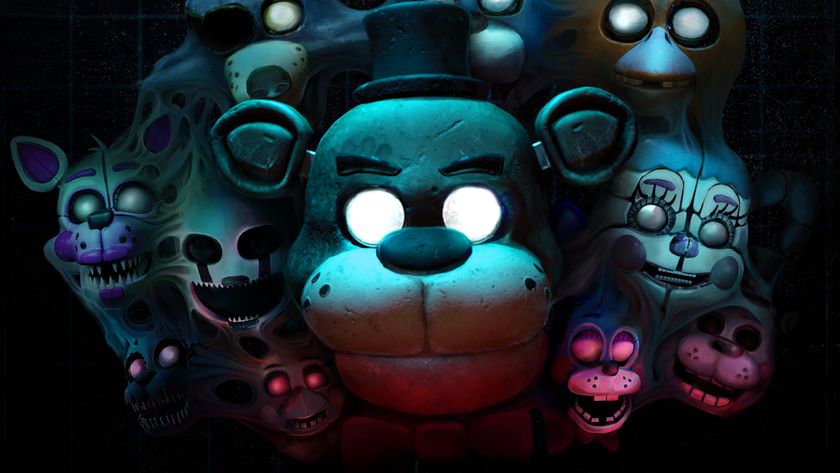
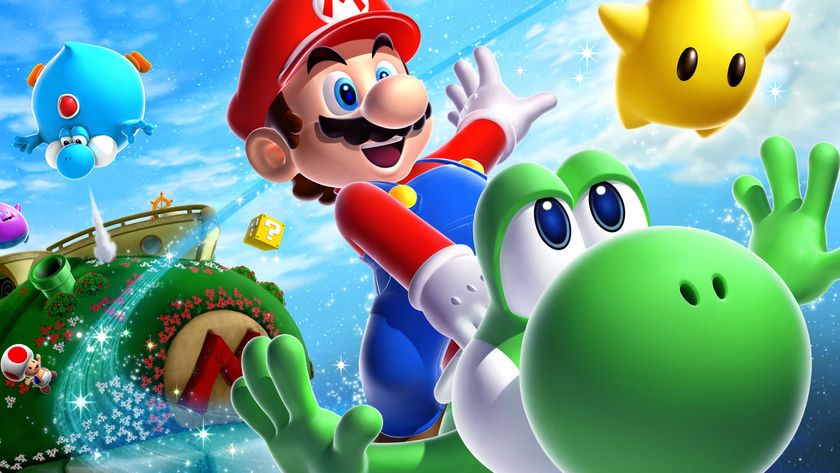
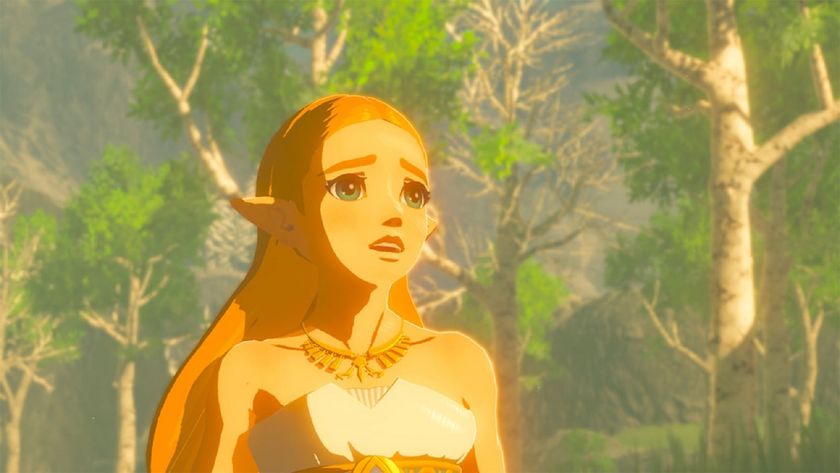
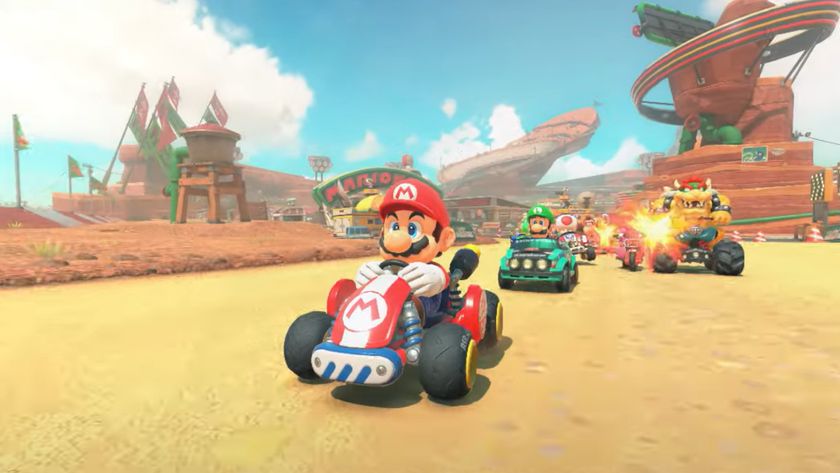

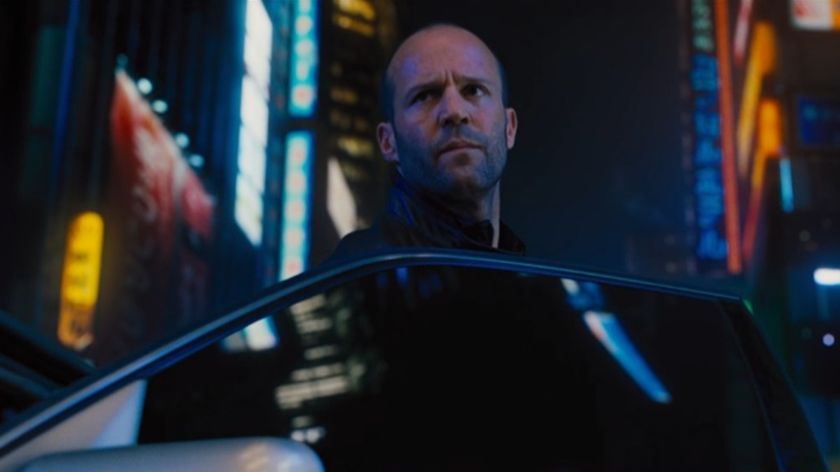
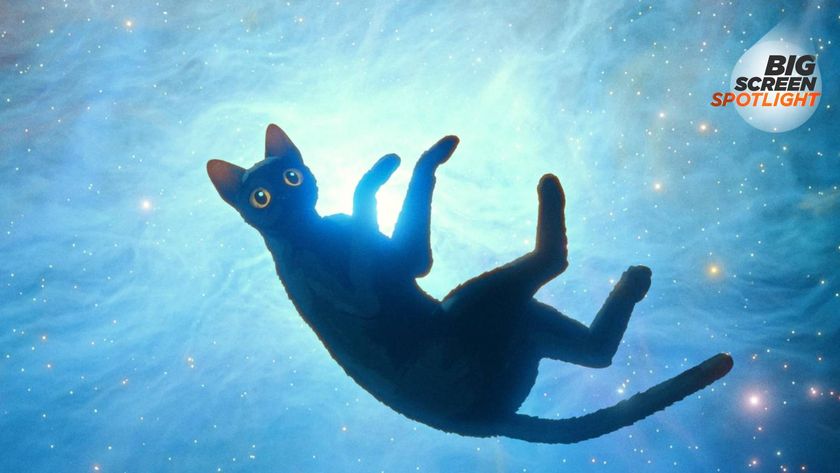
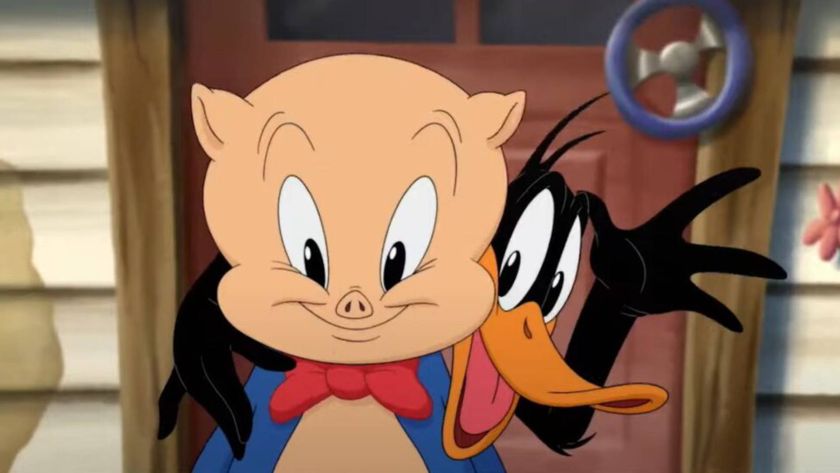
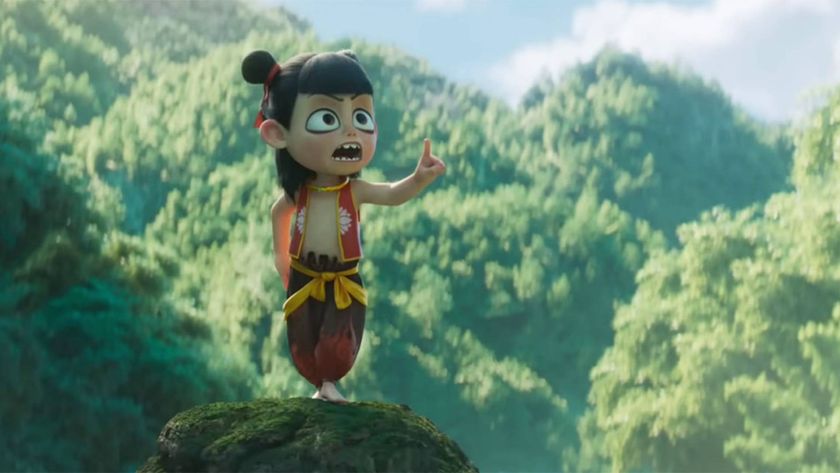
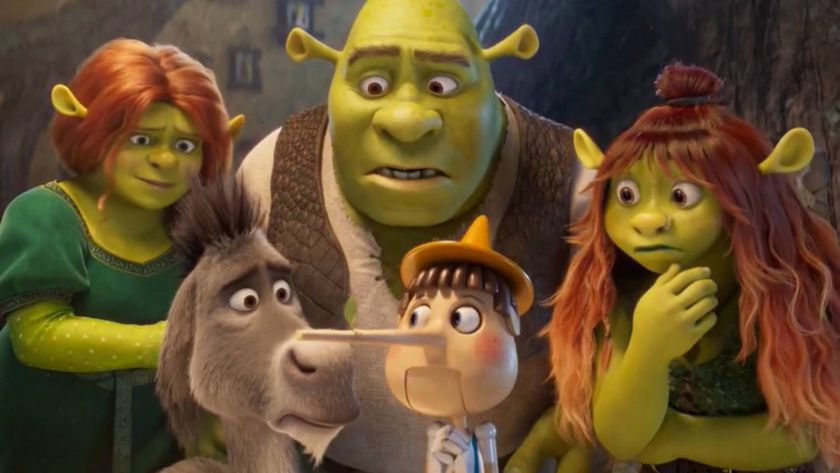

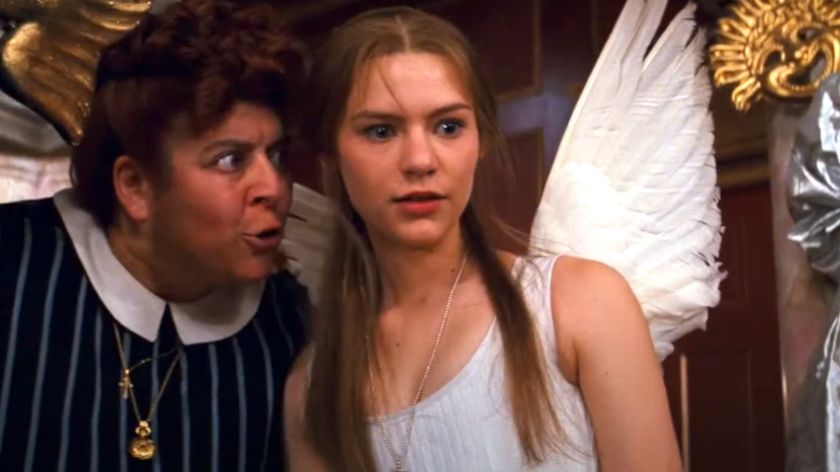
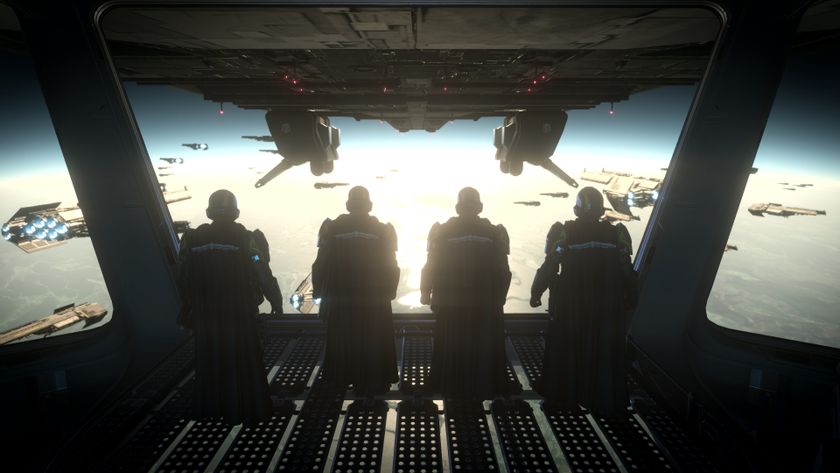
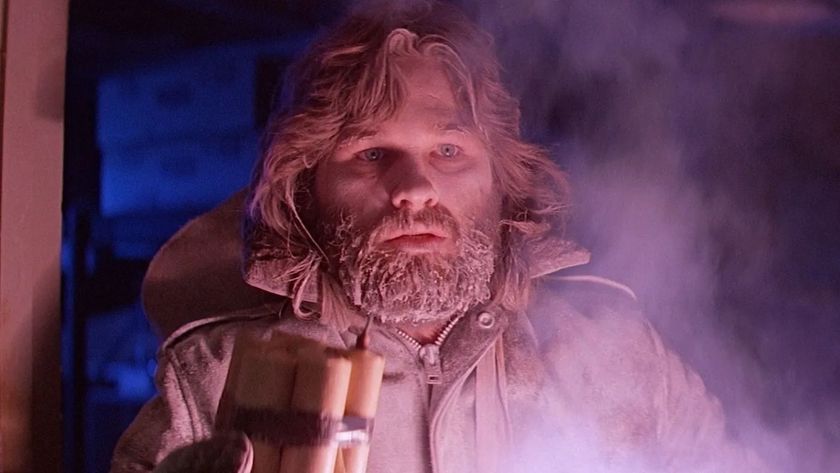
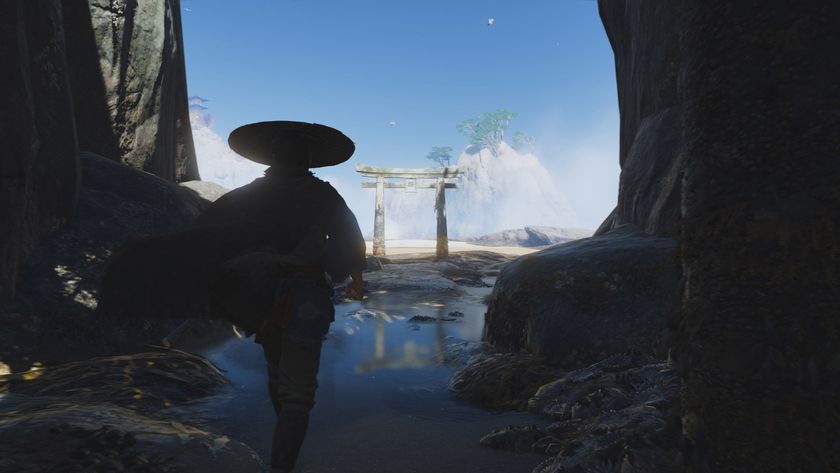
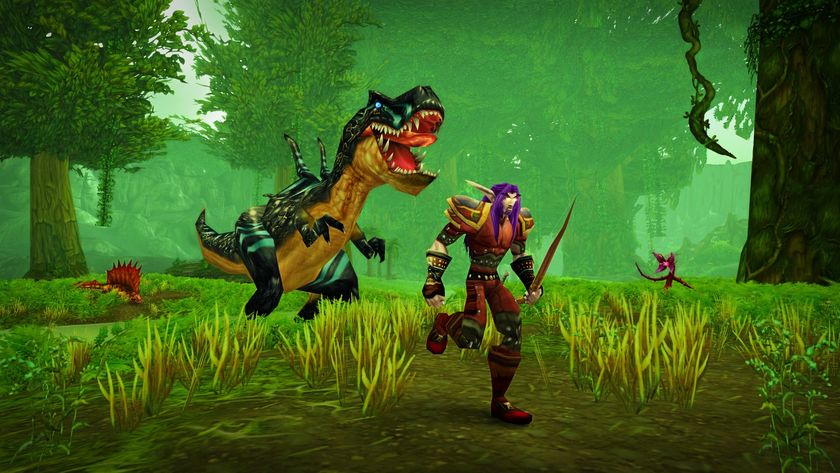
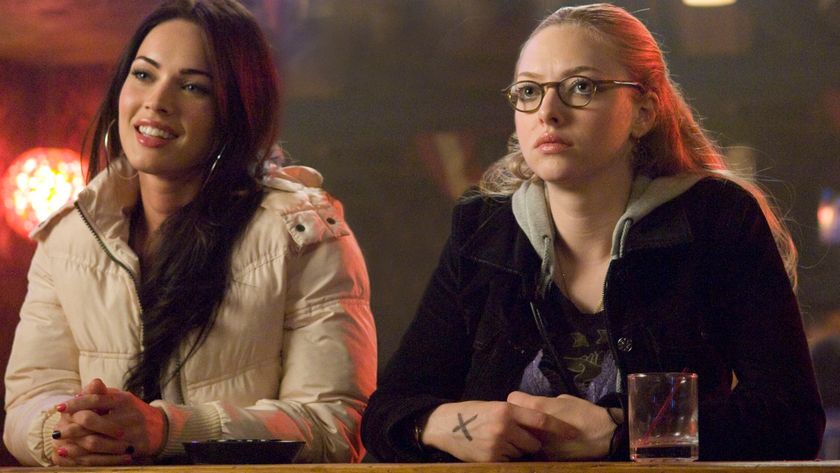
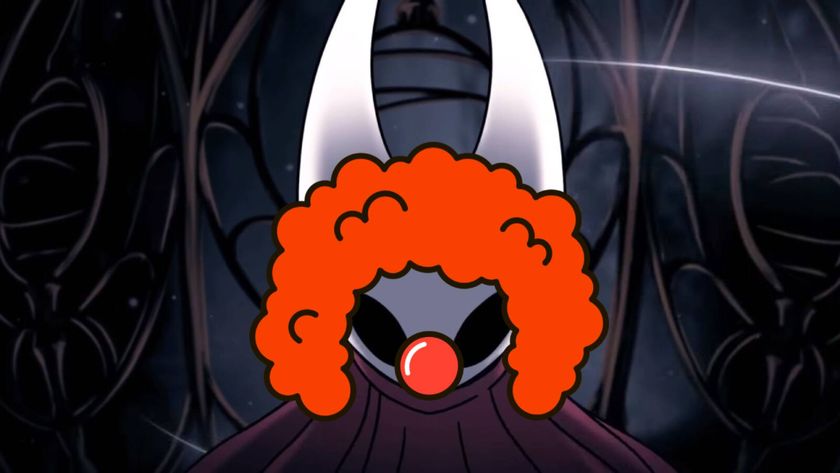

Flow won big as this year's Oscars underdog against Pixar and Netflix, and it's proof of the power of storytelling over dialogue

As the new Looney Tunes movie that Warner Bros passed on makes a strong start, one of its artists urges fans to "buy a ticket it and support it" saying "word of mouth and hype works"

